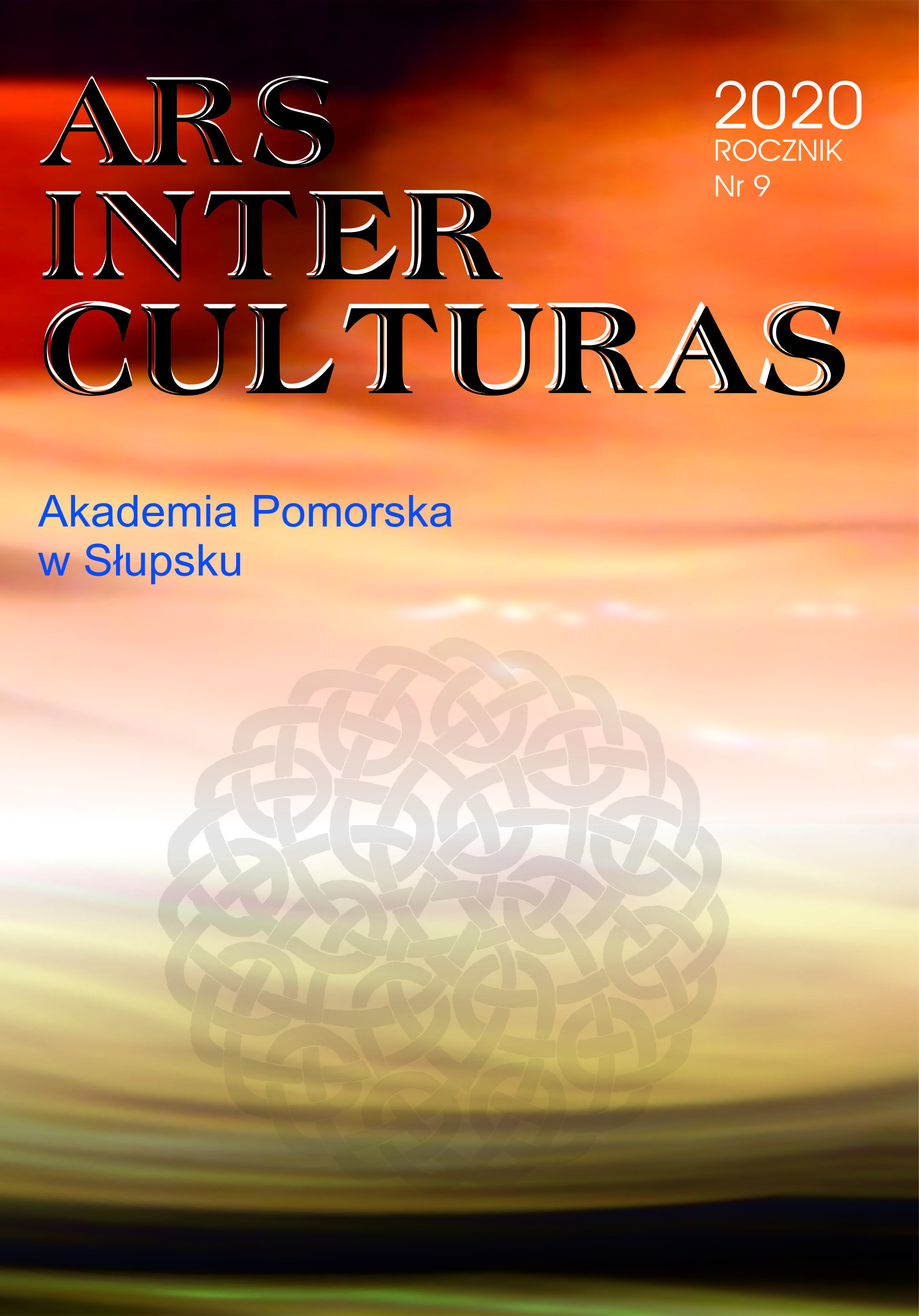The Mind Is the World: Virginia Woolf on the Embodied Self
The Mind Is the World: Virginia Woolf on the Embodied Self
Author(s): Leonor SerranoSubject(s): Politics / Political Sciences, History, Philosophy, Social Sciences, Literary Texts, Fine Arts / Performing Arts
Published by: Wydawnictwo Naukowe Akademii Pomorskiej w Słupsku
Keywords: embodied self; more-than-human; perception; transcorporeality; vibrant matter; Virginia Woolf
Summary/Abstract: Drawing on Jean-Luc Nancy’s insights into bodies as the place of existence, David Abram’s thinking on the more-than-human world, Jane Bennett’s conceptualisation of vibrant matter and Stacy Alaimo’s notion of “transcorporeality,” this article explores how Virginia Woolf transforms ction into a powerful epistemological tool in her examination of the self amidst a vibrant world. In novels like Mrs. Dalloway (1925), To the Lighthouse (1927) and The Waves (1931), Woolf found not only that human beings are nite, singular and exposed, but also porous, embodied selves that are sensuously immersed in the vitality intrinsic to matter. Fasci- nated by the ow of consciousness and the workings of the human mind when confronted with reality, the novelist seeks to capture the evanescent moment in time as refracted through the consciousness of her own characters. Her compulsion to write down impressions, thoughts, and half-ideas is expressive of her concern with imposing order upon the phenomena of a world populated by agentive entities through the medium of language. If the ux of life was simply unstoppable, language gave her at least the opportunity to freeze moments of being and look at them as if from simultaneous perspectives, as well as to shed light on how humans are in and of the earth – i.e., part of, not apart from, a more-than-human world.
Journal: Ars Inter Culturas
- Issue Year: 2020
- Issue No: 9
- Page Range: 295 - 315
- Page Count: 21
- Language: English

